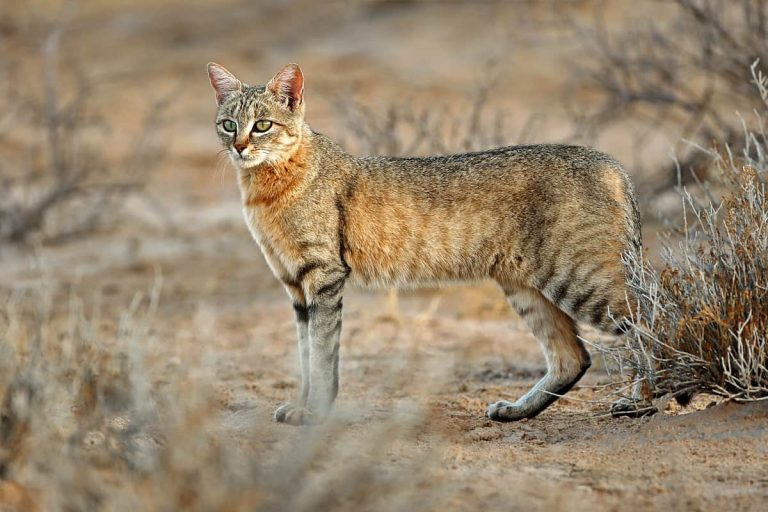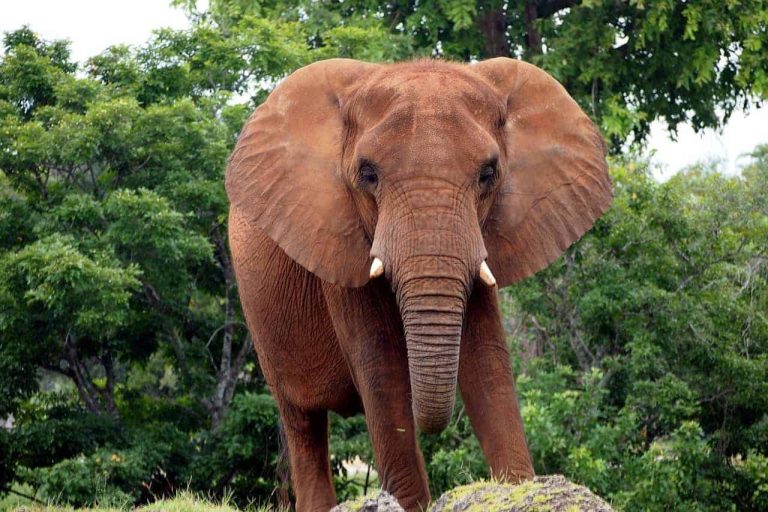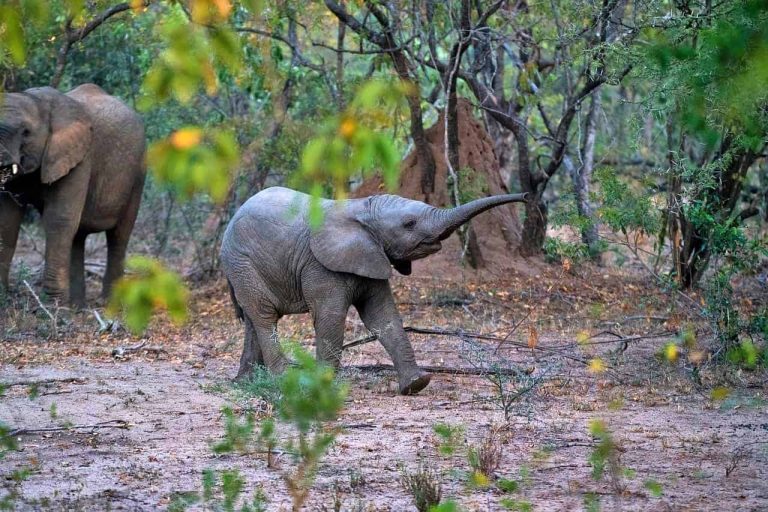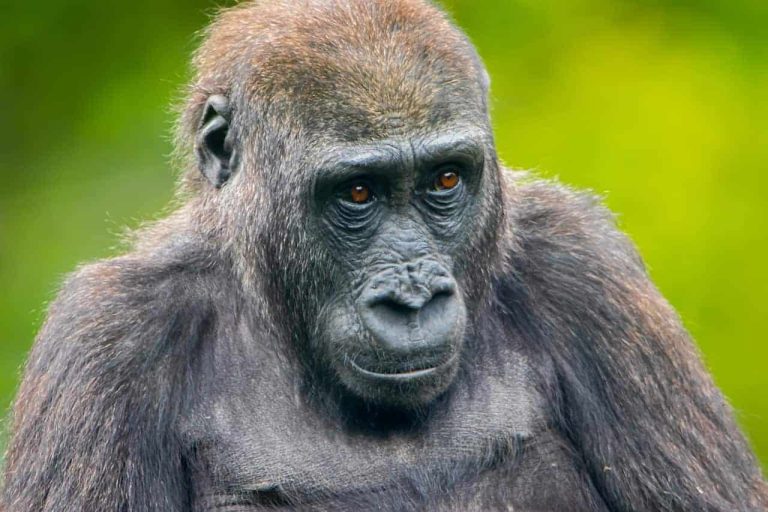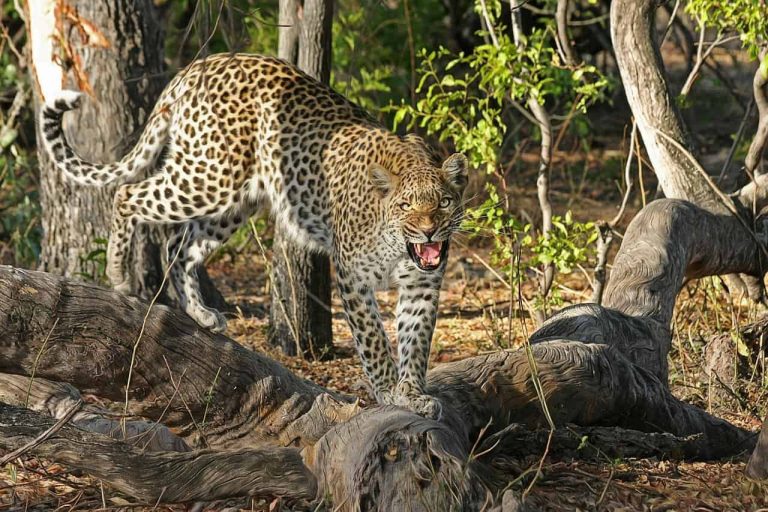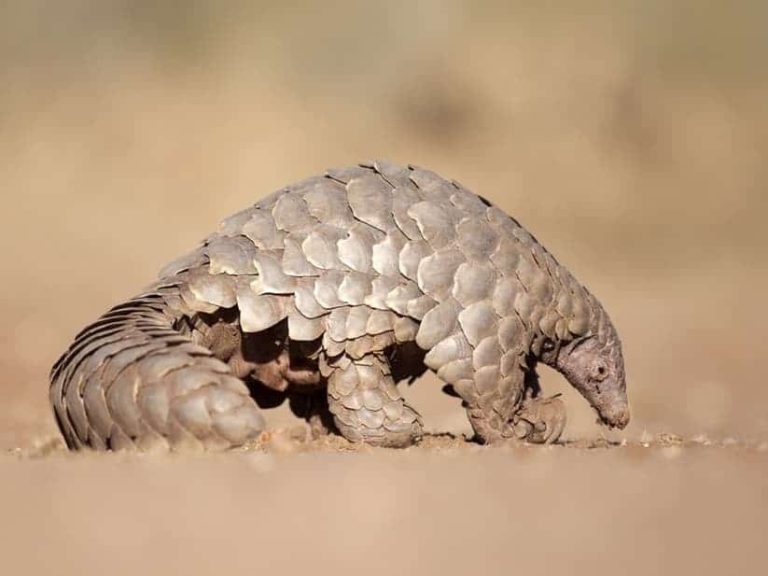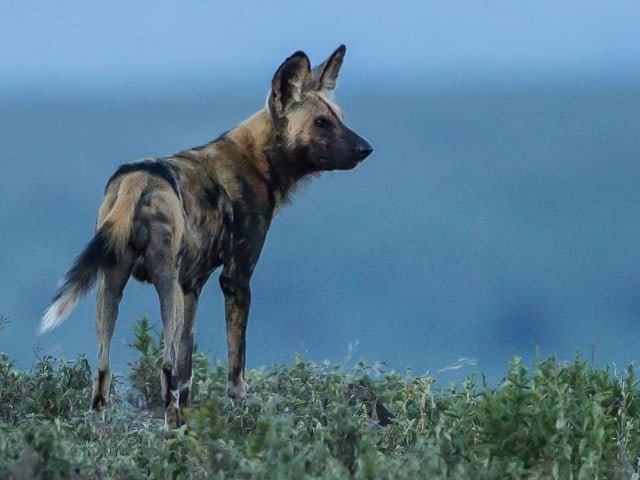African wildcats under threat of hybridization by domestic and stray cats
Alley Cat Rescue Protects African wildcats in Kruger National Park through TNR. Six hundred free-roaming cats have been sterilized and vaccinated by Alley Cat Rescue‘s international partnership to protect African wildcats in South Africa. The project aims to protect vulnerable populations of genetically pure African wildcats (AWCs) from hybridization by sterilizing free-roaming domestic and stray cats…

